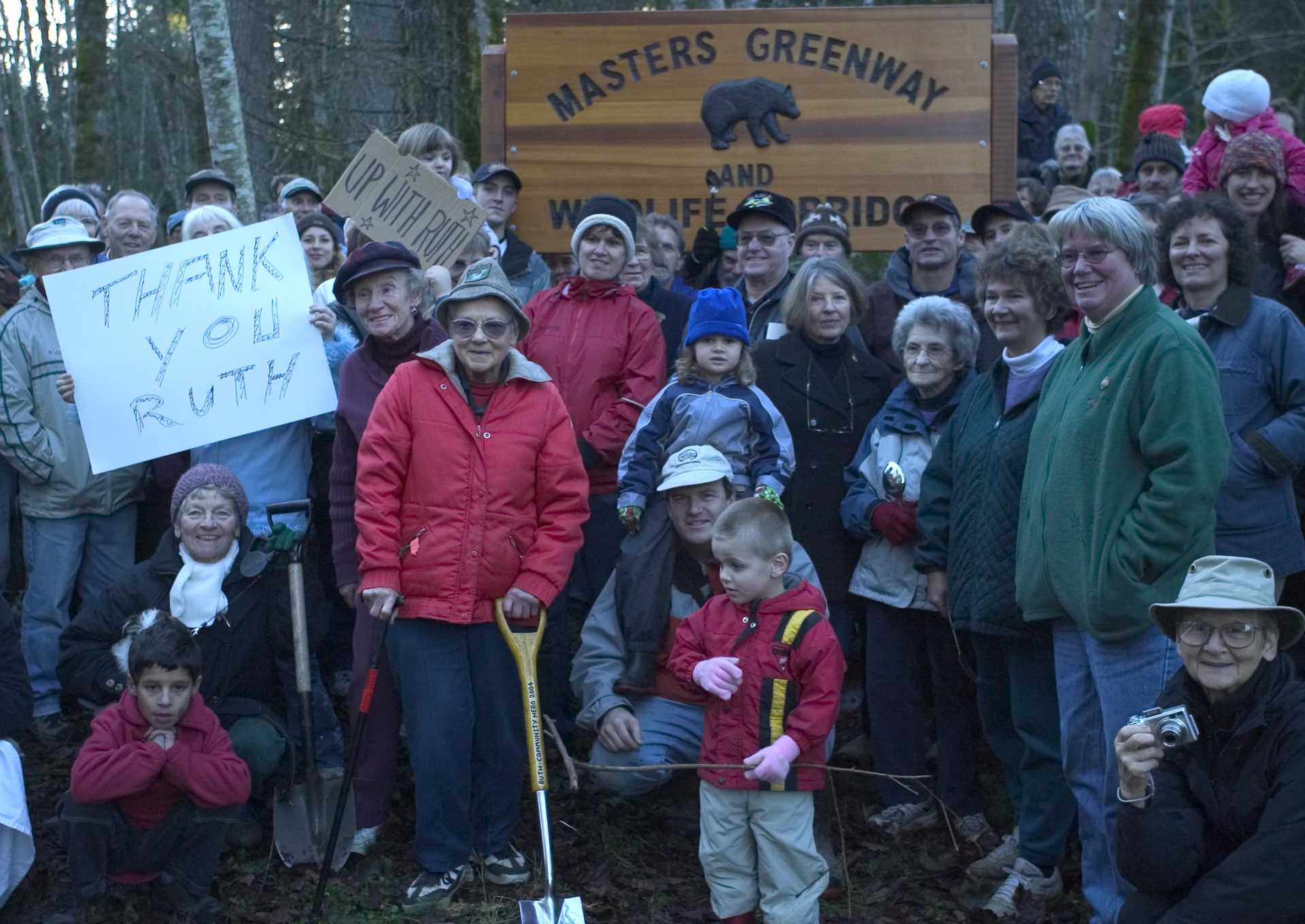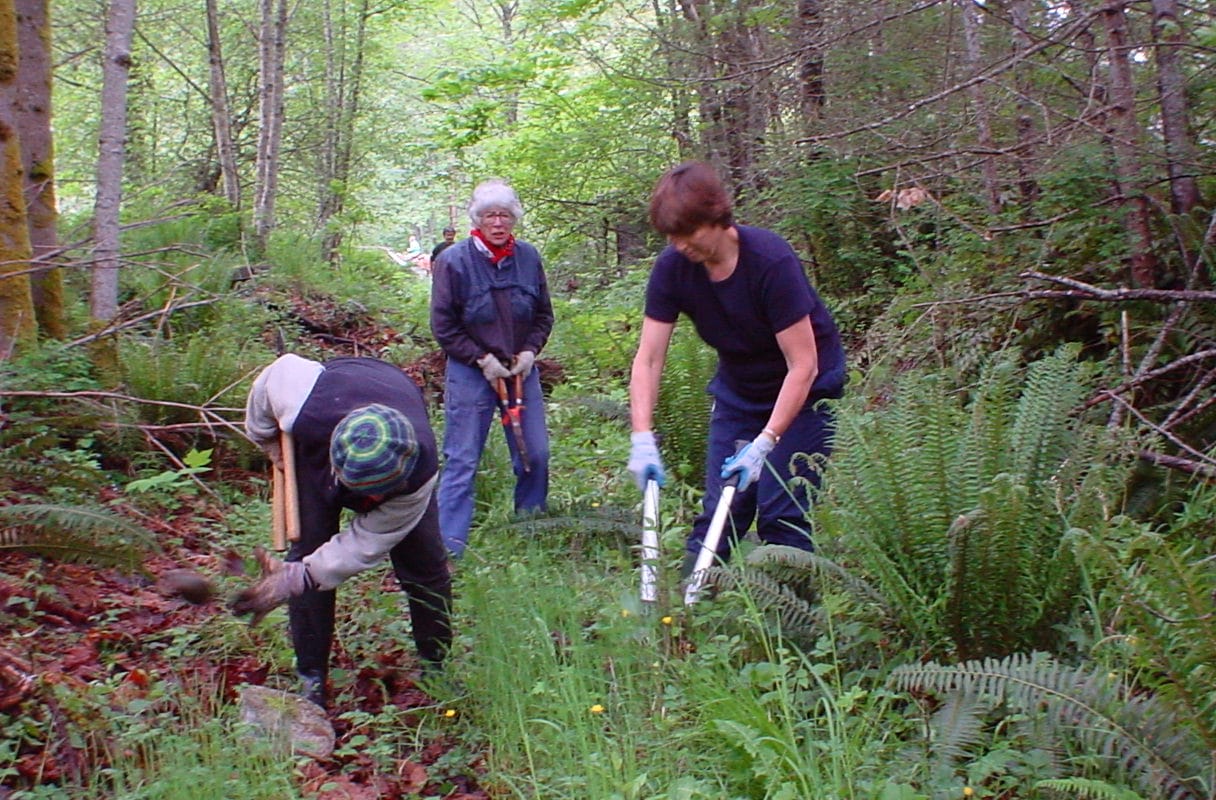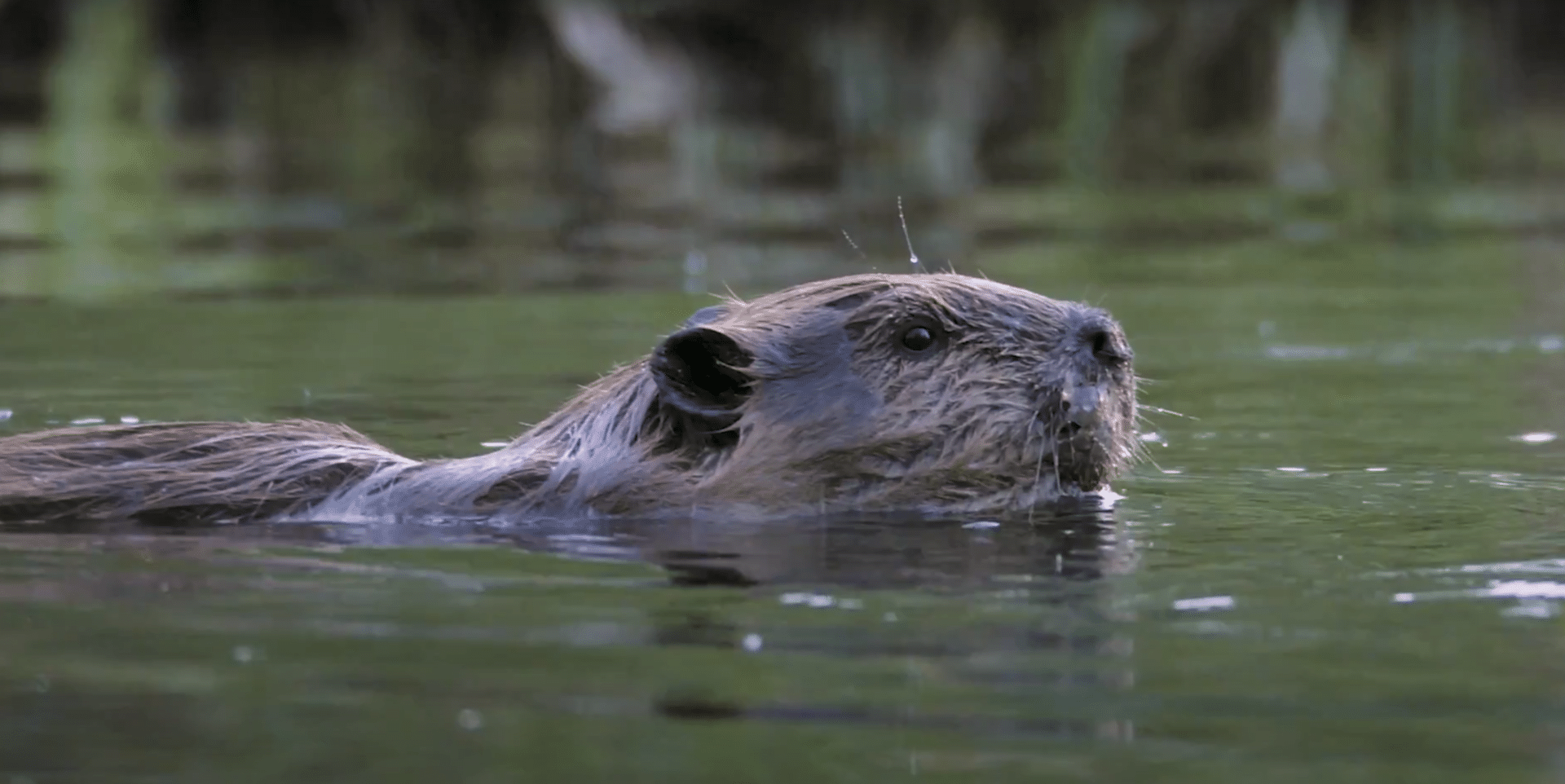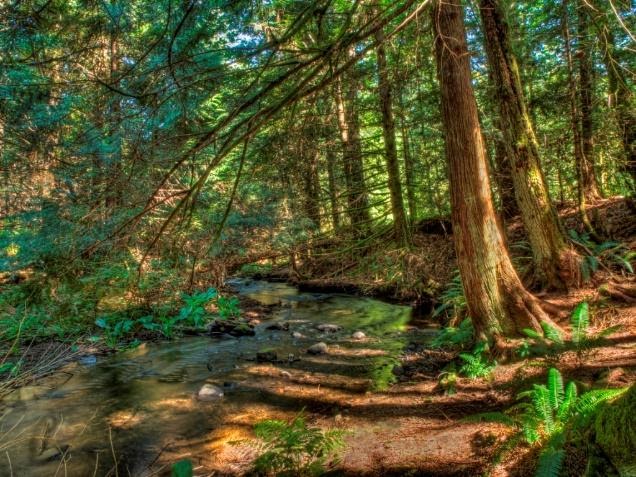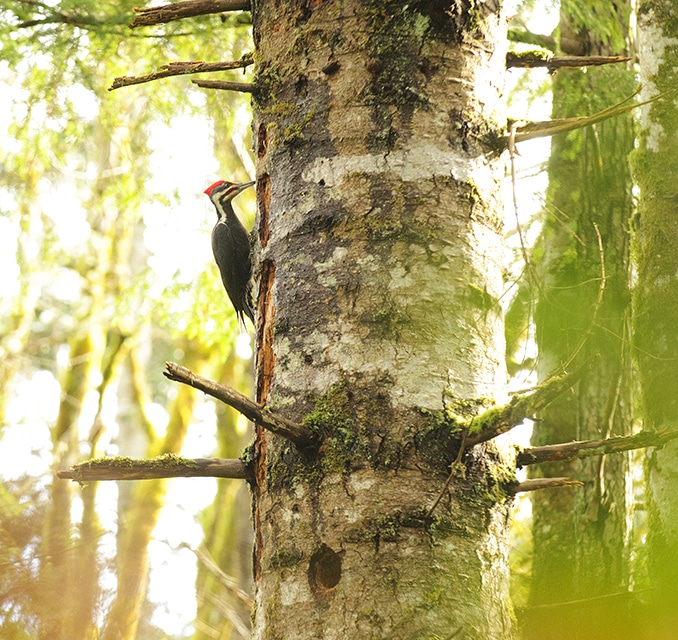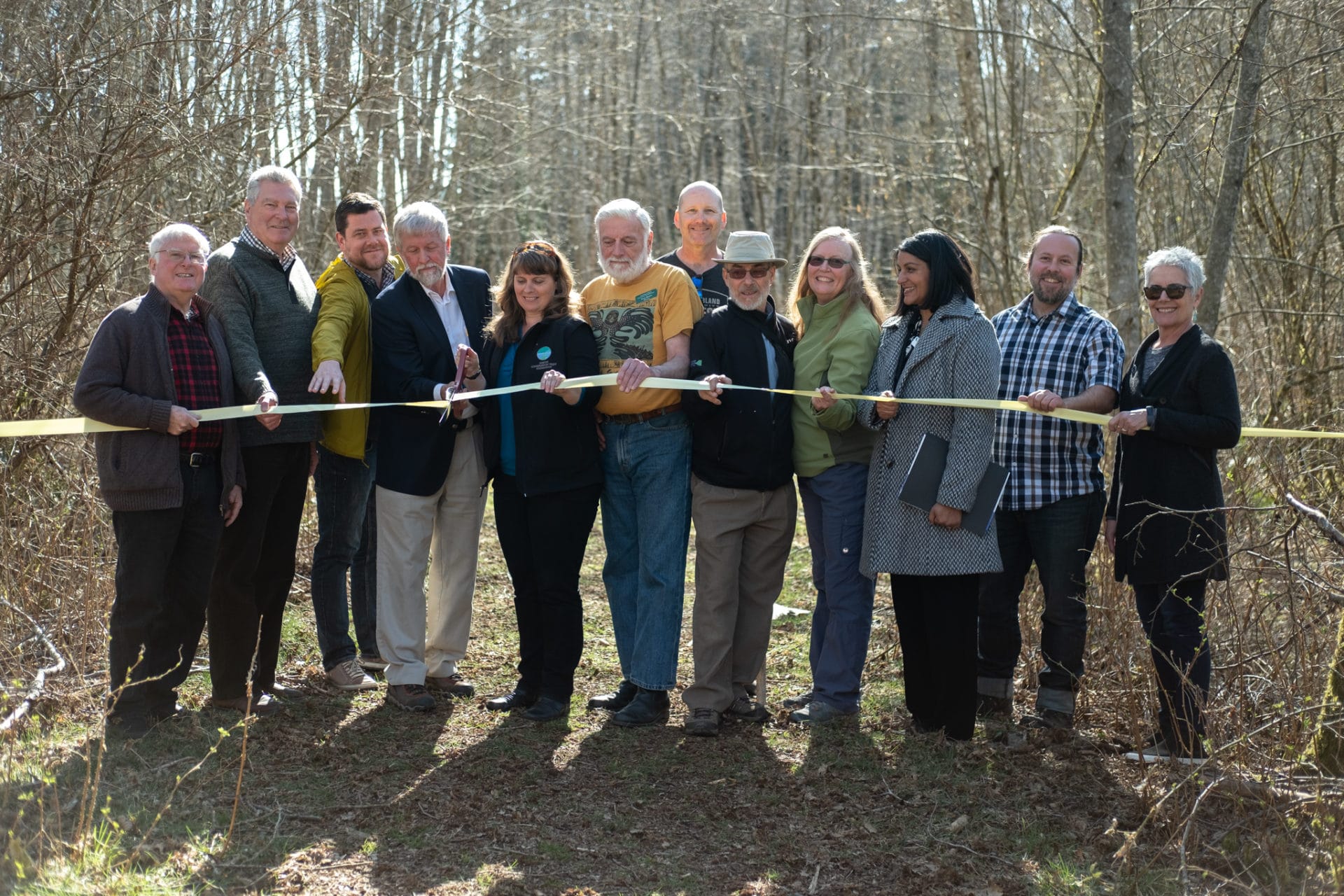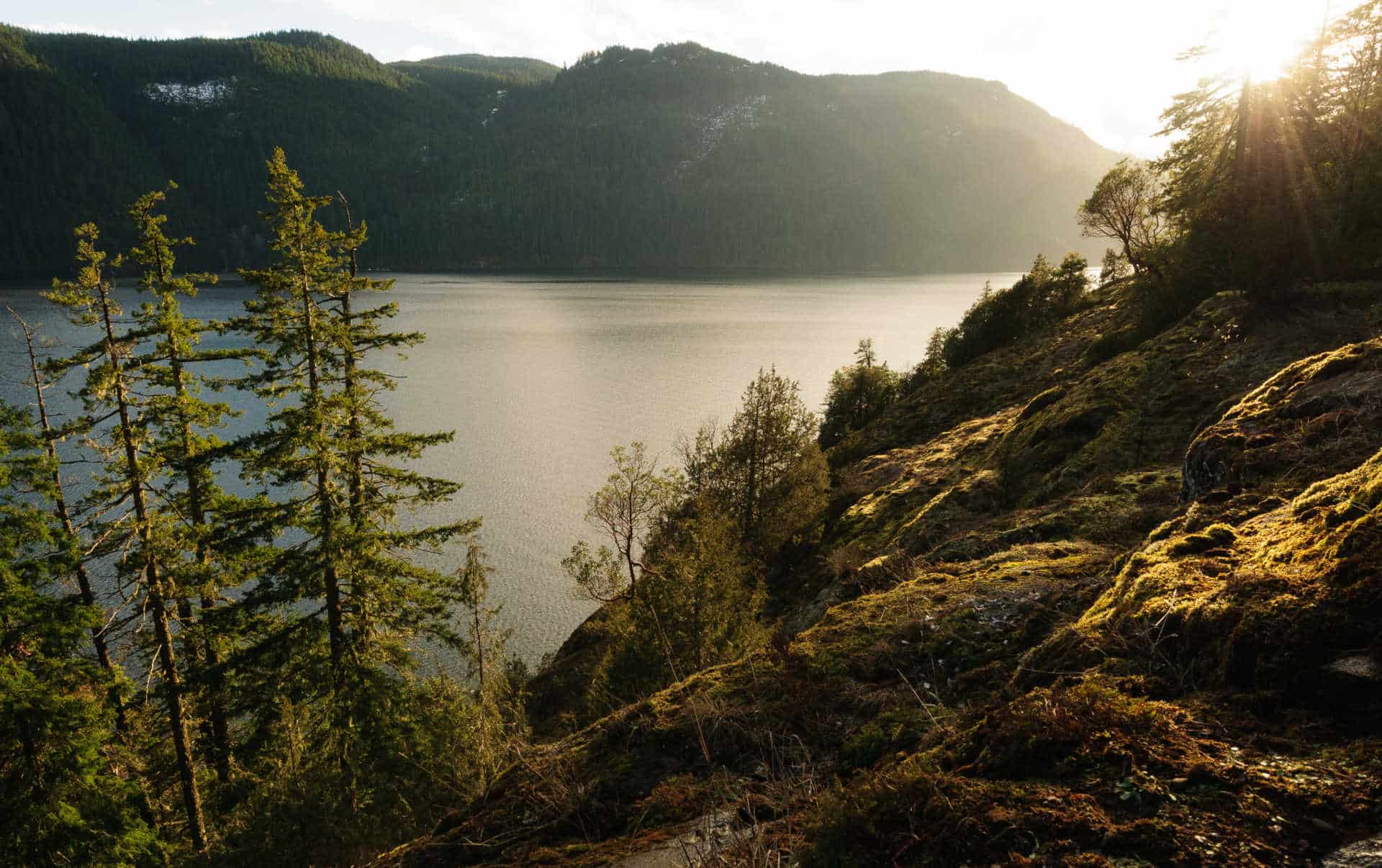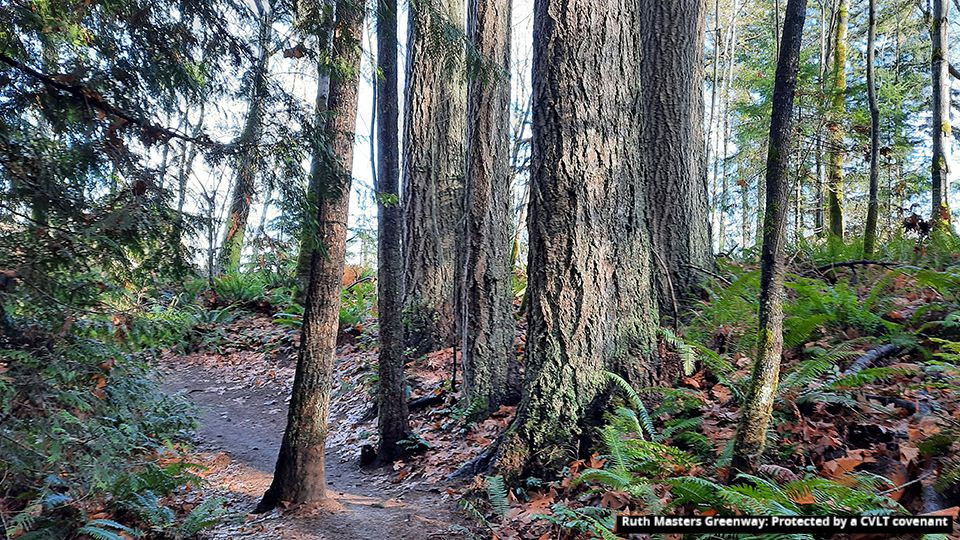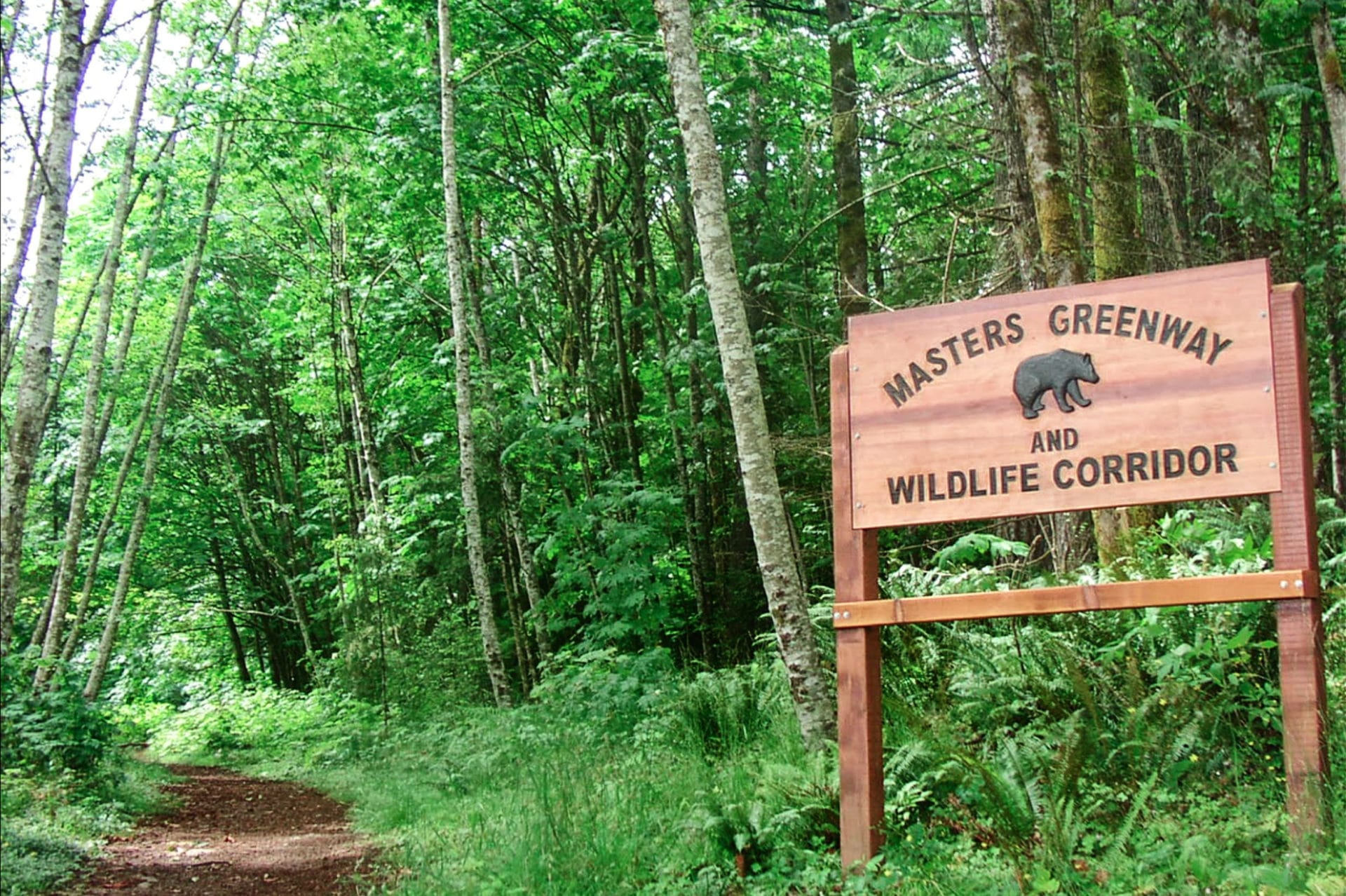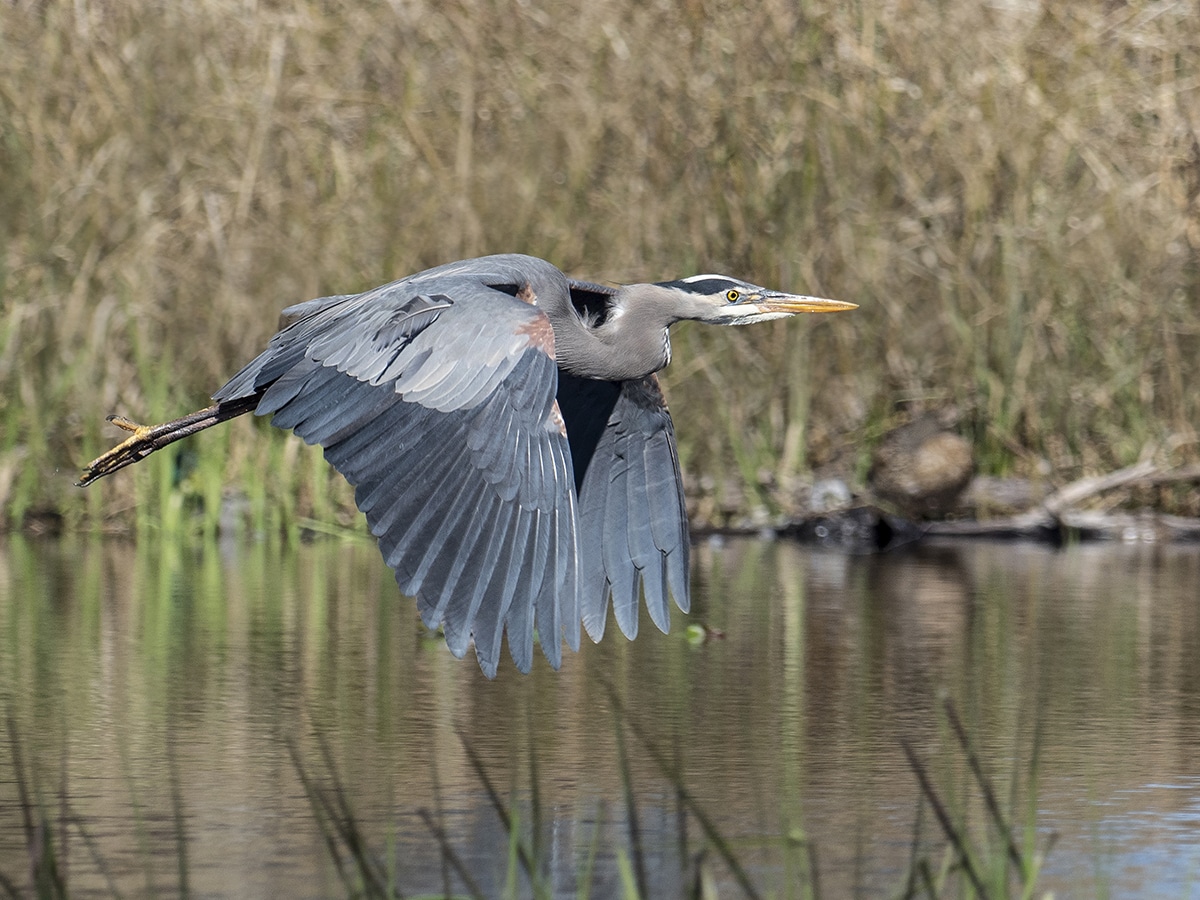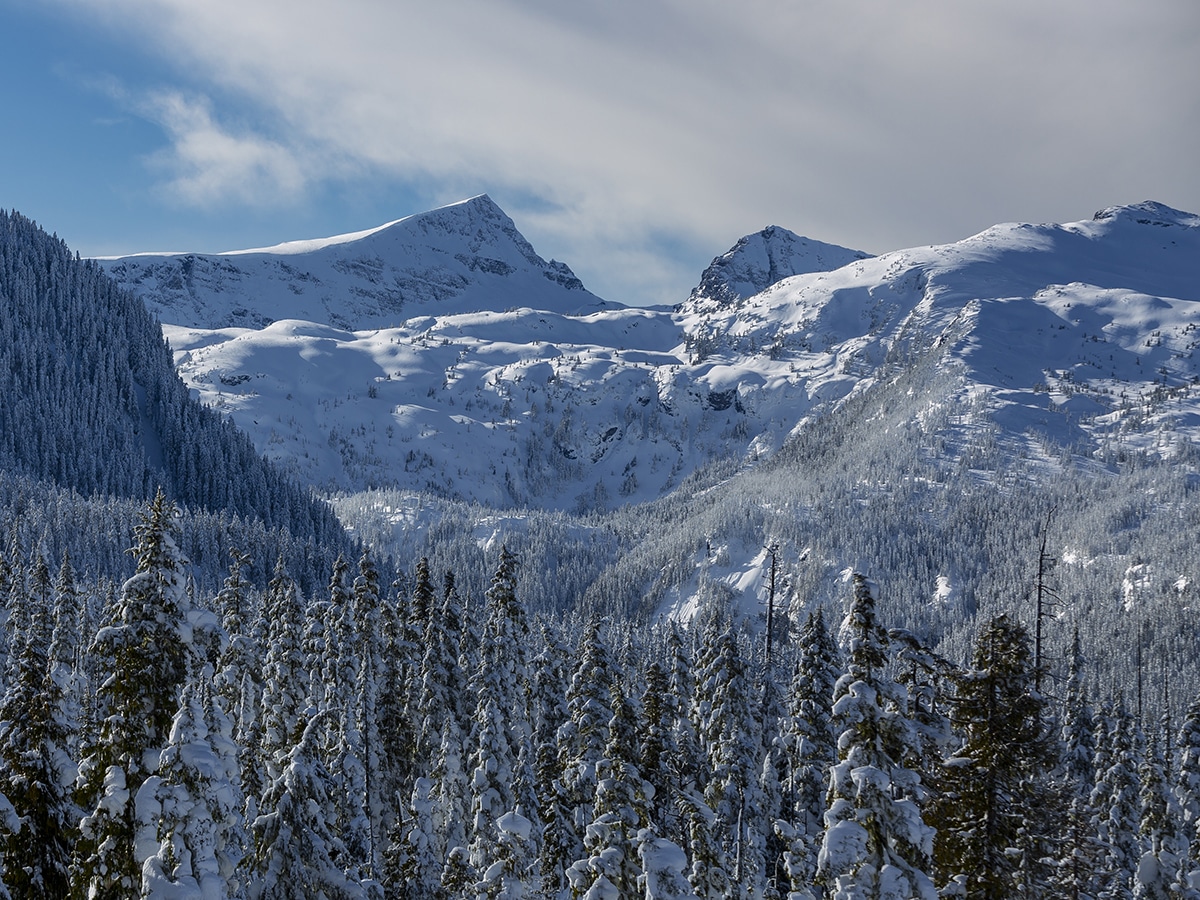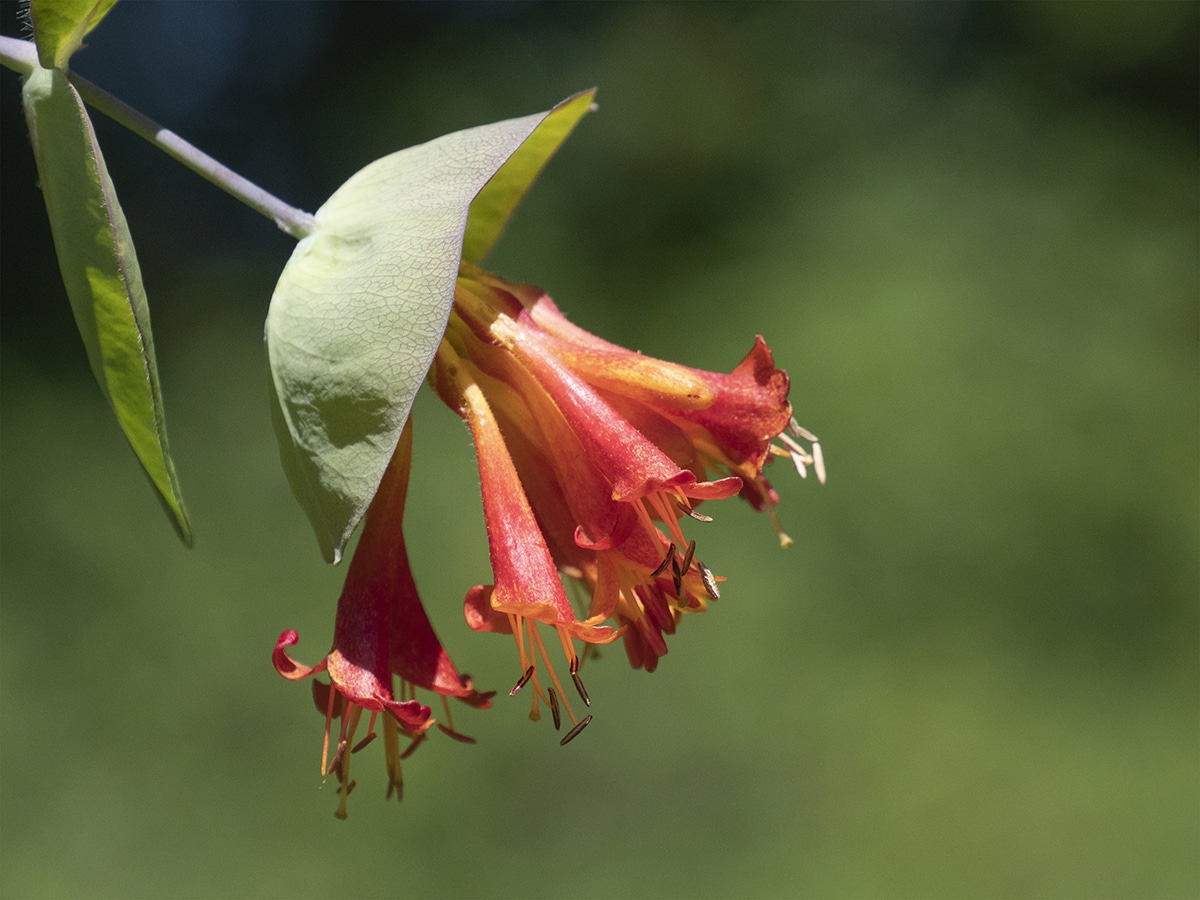OUR HISTORY: IN LAND WE TRUST
Founding Years
In the late 1990s, a group of citizens in the Merville area coalesced over concerns about proposed logging in Farnham Forest. Under the catchy acronym of F-OFF (Friends of Farnham Forest), they tried to stop TimberWest from clearcutting forest land along the Tsolum River. With disappointment on this local issue came the realization that, unlike the rest of B.C., over 90 percent of the land in the Comox Valley is privately owned, a legacy of the Dunsmuir Land Grant of the late 1800s. The focus of the Merville group shifted to the formation of a land trust to protect the Comox Valley’s natural heritage in a time of rapid urban growth. [1]
Many keen volunteers from all over the Valley soon joined the new organization. With encouragement from The Land Conservancy and the Land Trust Alliance of BC, the group researched other conservation organizations elsewhere in B.C. as well as the UK’s National Trust.
The Comox Valley Land Trust (CVLT) was officially incorporated under the Society Act in March 1999 with the purpose of maintaining the land heritage of the Comox Valley as a living trust, through long-term planning, co-operation and conservation. Later that year CVLT obtained charitable status.
CVLT began work on building administrative capacity, while establishing productive relationships with the Valley’s numerous conservation non-profit groups and with the four local governments. At that time there was not a strong process for coordinating region-wide land-use planning.
[1] Special thanks to Diana Caldwell and Shirley Ward for their input on CVLT’s early years and much, much more. These two Merville neighbours decided that even if they couldn’t save one local forest, they would seek community support for founding and growing a valley-wide land trust. This is their lasting contribution to preserve our natural heritage.
Early Land Protection Work
Land protection projects in the early years were undertaken in response to local concerns about specific parcels of land.
Within the first seven years the trust registered 10 conservation covenants on both public and private lands. The Hurford Hill Park and the Fran Johnson covenants were transferred from Project Watershed to CVLT shortly after its incorporation. McLoughlin Park, Sandwick Park, Ruth Masters Greenway and two parcels in the Cumberland Forest soon followed.
By 2007, 114 hectares of land were protected by conservation covenants. Land protection continued in 2014 with the Capes Covenant and ownership of Tsolum Commons Park. Further acquisitions funded by the Cumberland Community Forest Society and owned by the Village of Cumberland resulted in another CVLT covenant being registered in the Cumberland Forest.
The legendary hermit Father Brandt left his Oyster River property to the Comox Valley Regional District (CVRD), but not before registering a conservation covenant to CVLT. By the end of 2020, 280 hectares of land were protected.
Regional Conservation Strategy and Nature Without Borders
In 2004 the sale of Lannan Forest to a private developer became a Valley-wide issue. The provincial government of the day had a policy of selling off Crown Lands, such as Lannan Forest. There was a groundswell of public concern about the loss of the forest and about the Province’s handling of the sale process. CVLT joined with other concerned conservation groups to form the Crown Lands Coalition. CVLT coordinated the coalition’s fundraising efforts, enabling CVLT and the Comox Strathcona Regional District to make a $621,000 joint bid to purchase the Lannan Forest from the B.C. government. Within a month CVLT raised $410,000 in pledges, cash donations and loans. Regrettably the Province accepted a higher bid, just over one million dollars, from Silverado and the land was developed as part of the Crown Isle residential and golf community.
The Lannan Forest campaign made the need for a proactive rather than a reactive approach to land protection very clear, as was the need to promote a Valley-wide consensus on conservation priorities among local governments, the business community and conservation groups.
In the fall of 2004 CVLT began the “Land Protection Strategy” project, soon renamed the “Regional Conservation Strategy.” The goal was to develop an inventory of sensitive environmental areas in the region that would guide CVLT’s protection priorities, and feed into planning decisions by public and private agencies in a Valley-wide context. Over the next three years, CVLT, with invaluable assistance from a number of other environmental groups, completed an ambitious mapping project. The maps were based on the Federal/Provincial Sensitive Ecosystem Inventory 1993-1997 and incorporated additional data from both government and not-for-profit sectors.
In 2008 a Regional Conservation Strategy report was published under the title Nature without Borders (NWB). It was presented to all four local governments and became an important resource for local government policy development such as the Regional Growth Strategy, Official Community Plans and Parks and Trails planning. The NWB report was updated again in 2013.
Land protection, guided by the NWB report, remains one of three program areas managed by CVLT.
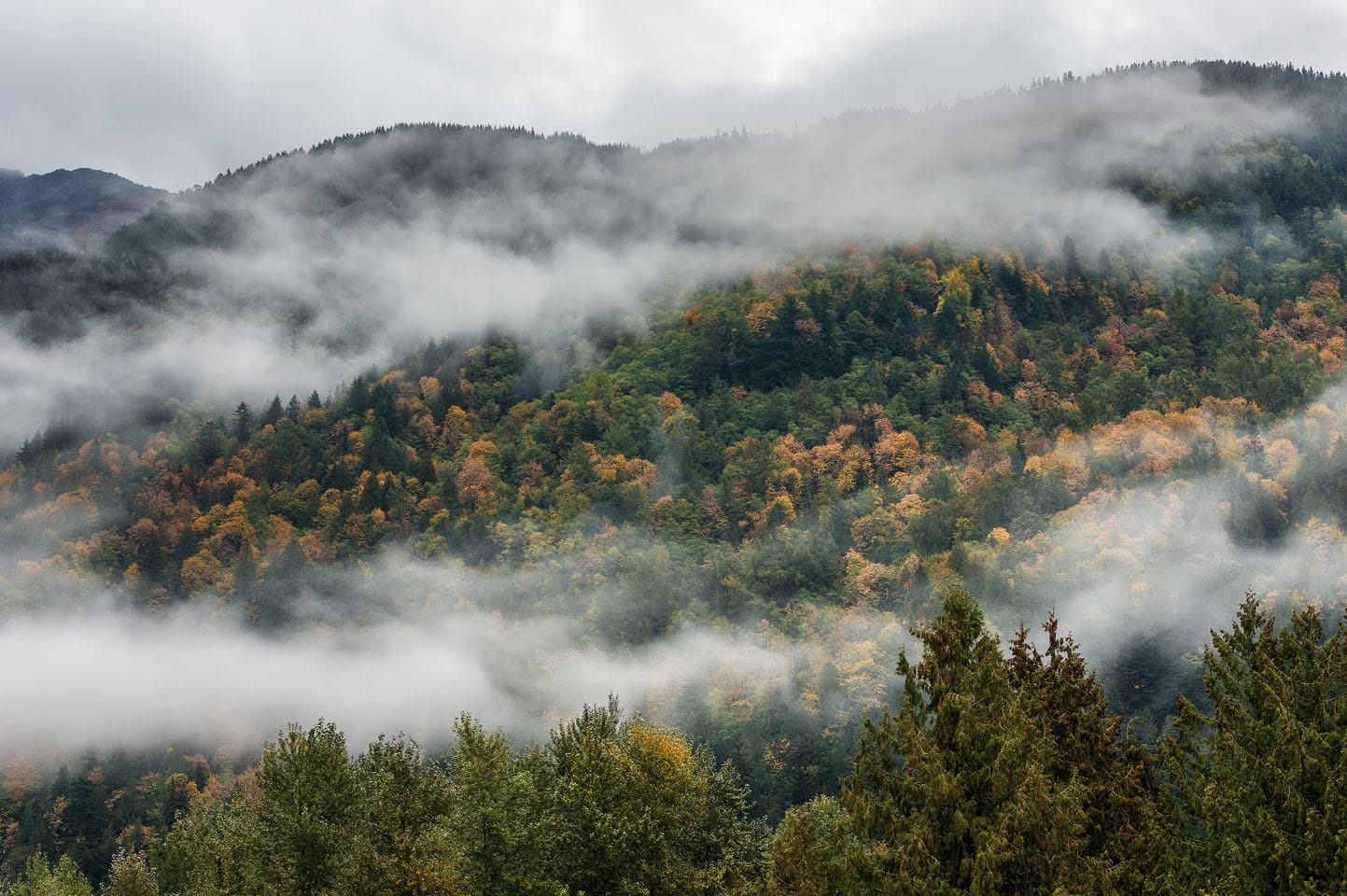
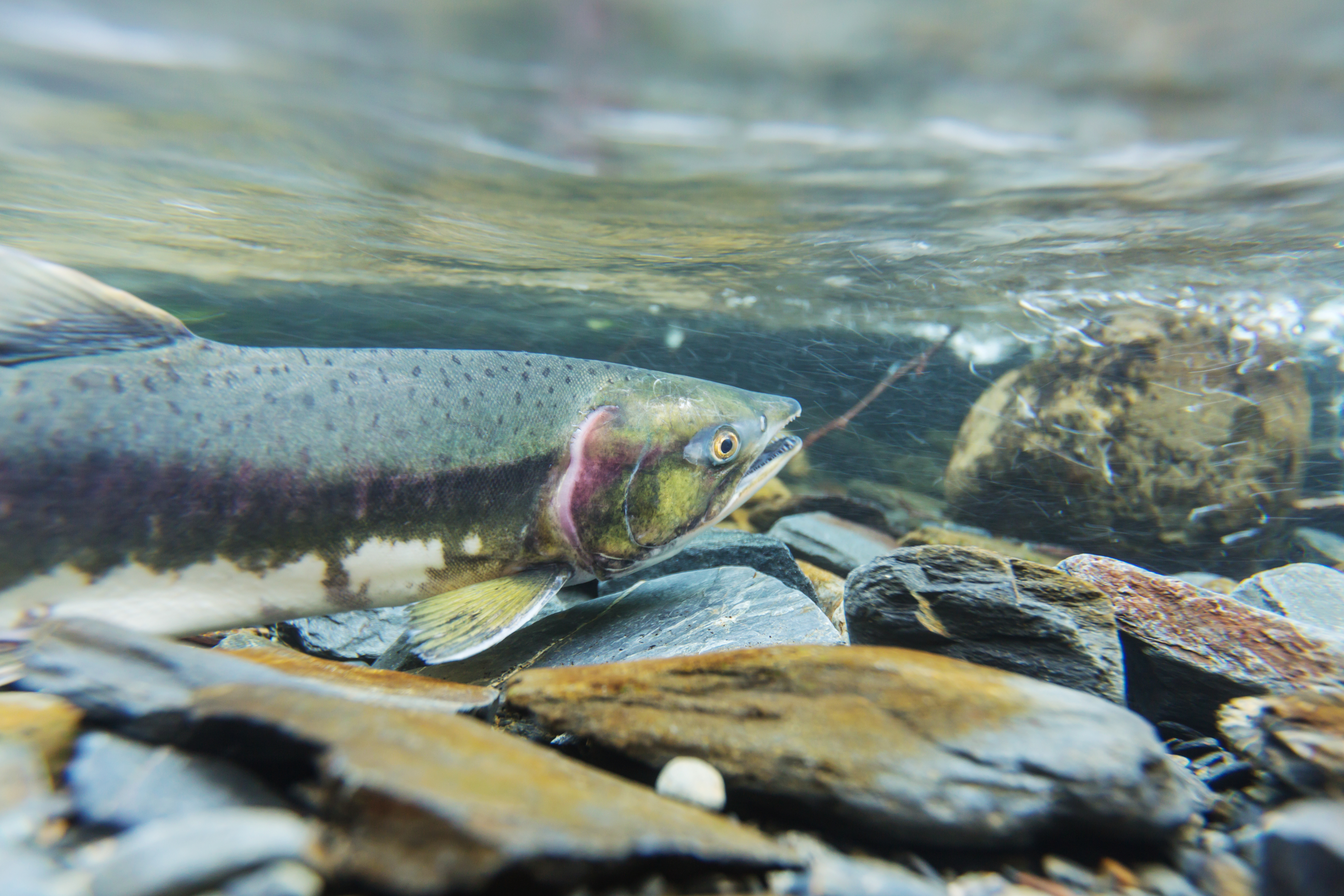
Comox Valley Conservation Partnership
The next step for CVLT’s Regional Conservation Strategy was to solidify partnerships with other conservation groups. With the funding and assistance of CVLT, the partner groups formed the Comox Valley Conservation Partnership (CVCP) the land trust’s second program area. The CVCP has a current membership of 26 organizations representing environmental, stewardship and ratepayer associations and is recognized for promoting strong environmental policies and science-based decision making.
CVCP was successful in attracting grants from institutional funders, which allowed the partnership to undertake more research and advocate to local government for improved environmental policies, and land development practices and protection of high value ecological areas.
Building on the research of NWB, a new CVLT leadership team adopted a Land Protection Priorities List to guide CVLT’s land securement decision making.
The Land Protection Priorities Project ranked the valley’s most important ecological sites and became the basis for a more proactive approach to land protection. In addition to covenants, land ownership was established as a viable land protection option. Subsequently the qax mot Conservation Area in the Morrison Headwaters was acquired jointly by CVLT (two-thirds) and the CVRD (one-third).
The partnership also focused on the management of the Comox Lake Watershed, the source of our drinking water. The watershed is 461 square kilometres, privately owned and also used for forestry, recreation, wildlife and fisheries management and hydroelectricity. It is a complex management challenge and CVCP was granted participation in the Watershed Advisory Group (WAG), which provides advice on watershed protection of the Comox Lake Watershed to the CVRD. The WAG sits at a table representing all local governments including the K’omoks First Nation, BC Hydro, MOSAIC Forest Management, Manulife Investment Management (formerly known as Hancock Timber Resource Group) and other large private land owners in the watershed, BC Ministry of Health and many other stakeholders.
As the credibility of CVCP’s science approach became more recognized, local governments began to seek its input in planning and policy development initiatives at the outset of these projects rather than at the end, which had been the modus operandi in earlier years.
Some other worthy memories
In the early 2000s, a notable volunteer effort helped to open the One Spot Trail for public use. The regional district along with Back Country Horsemen and CVLT volunteers put in many hours to clear, regrade, and selectively replant the corridor to create this jewel in the Valley’s recreational trail network. Interpretive signage reflecting the industrial and natural heritage of the corridor was designed and installed with much input from our volunteers.
On at least two occasions CVLT raised a great deal of money in a short period. The Lannan Forest campaign represented an enormous challenge, but community passion yielded nearly half a million dollars. In 2018 the trust raised just under one million to purchase the 22-hectare Linton property now known as the qax mot Conservation Area and an endowment fund to annually monitor the Father Brandt covenant.
CVLT owns Tsolum Commons Park and has a two-thirds ownership interest in qax mot Conservation Area. Not having any park management capacity, we leased out our interests to CVRD for 99 years plus a 99-year renewal term. Park maintenance is taken care of for nearly 200 years.
To ensure perpetual preservation, all lands with covenants need to be monitored annually. In the 2010s, the board established a Stewardship Endowment Fund with the VanCity Community Foundation. The fund grew quickly and now provides sufficient annual income to pay our share of covenant monitoring costs. New additions to our Land Protection Program all come with a capital contribution to this fund.
In 2020, the CVLT board formalized its third program: Conservation Science and Research. The program has attracted both funding and volunteers, and demonstrates CVLT’s commitment to wildlife conservation beyond land protection. The current focus is on bats and their Valley habitats.
Our Natural Climate Solutions Fund was launched in 2021 and the year-end fundraising drive was highly successful. This fund recognizes that protecting our natural areas is the most important thing we can do to mitigate and adapt to the consequences of climate change.
Thanks to a supportive community, dedicated volunteers, generous donors, partners, and visionary staff and directors, the Comox Valley Land Trust has made a difference in protecting important parts of the Valley’s the remaining natural ecosystems.
HELP US PRESERVE THE BEAUTY OF THE COMOX VALLEY
We always welcome new people to direct and support our work. We are particularly looking for new directors who have knowledge and experience with fundraising, marketing, law and land protection, local government and urban sustainability. Everyone is welcome and encouraged to become involved.


